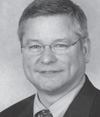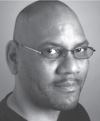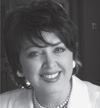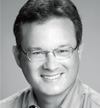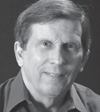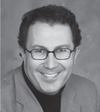Lisa Bornemann
MR: There is a big difference between natural talent that bears celebrity and forced public relations. Tiger Woods has done more for golf than anyone prior. But that comes from a natural talent cultivated over a lifetime that changes the game to call attention to an icon. In turn, the icon bears out celebrity and that celebrity calls attention to a profession.
LW: There were golf celebrities prior to Woods—for example, Jack Nicklaus and Sam Snead—that made the sport into an international pastime as opposed to some iconic element that every kid wants to be.
MR: There are a whole list of potential stars, but they are known only to us in the lighting profession. They could emerge into the “public,” but this needs to happen organically and not be forced.
GZ: We are not on the radar screen because our profession is not known to be a profession. First, we need to reach the masses, let them know who we are and what we do. If we want to sustain our profession, we need to convey our value on a broader scale.
EB: We also need to reach out to other representative minorities and underrepresented groups. We do not even make that effort.
LW: Yes, we need to broaden our message. It could start with elementary school students. Imagine if they saw one of us talk about our work and they went home and said to their parents, “We saw this presentation about these buildings being lit up; it was incredible.” We need to give the public a connection point.
GZ: We could reach out to manufacturers. They have the greatest access to the public. What if GE put the Edison Award winner on the packaging of the most commonly sold light bulb?
MK: Every comment points back to a standard of practice and how you communicate. Walking out of activities like this, what we usually lack is action steps. Just get one thing off the ground that can move forward toward these goals. It doesn’t matter whether it is with an educational institution or some other form of effort, the bigger picture is the broader agenda.
MR: There is reasonable opportunity to call on the profession to create something like a National Lighting Week. It is the kind of thing that does not have to be recognized by anyone to say it is “official,” until such time that it works so well that someone has to recognize it. It would not be unreasonable to call on the entire profession—manufacturers, educators, designers, and organizations—to speak at a school or a similar type of advocacy activity.
LW: If everyone made an effort to reach out beyond their comfort zone to tell someone that there is an industry and a profession, you could actually make something happen.
ED: The mission of the magazine is to promote dialogue. That certainly happened here today, and although the conversation has paused for the moment, it does not mean it has ended. I hope you will continue talking among yourselves.

